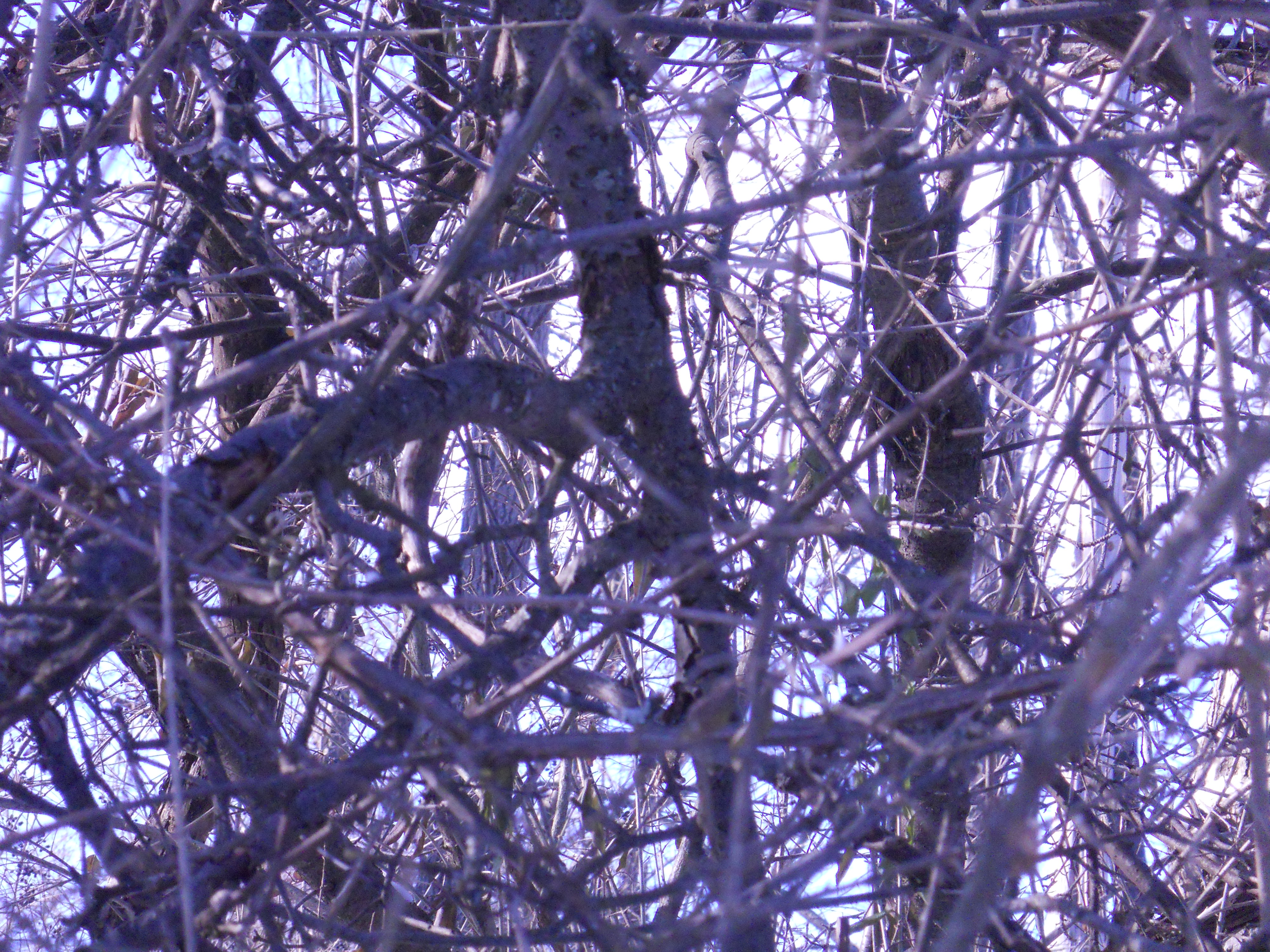Children, especially those between the ages of 8 – 15, easily look at the world with what Kieran Egan calls a “Romantic” imagination or sensibility. The world becomes a stage for a heroic struggle. They search for enlarged significance in events. They read and like to watch stories of werewolves and vampires, demons and goddesses, heroes and heroines, struggles against oppressors and evils. They seek the strange and the extraordinary. They want to hear about unusual abilities and intense achievements. And even deeper is the desire for awe, for the sense of a mystery lying just behind what they perceive, for the miraculous just beyond their comprehension.
I remember this sensibility as a yearning and maybe never totally grew beyond it. It established in me an early expectation for my life that was almost impossible to achieve. I wanted to be extraordinary. And worse, I did not know then what my yearnings meant. I had few words for it. All I knew was that much of life seemed too ordinary, boring, like I was missing something. So, I searched for what was driving me. I searched out the unusual and extraordinary. What about you? Do you remember this yearning?
I started meditating as part of this search, particularly Zen meditation. Some of the Zen teachers I met seemed deep and mysterious. But meditation did not fit the ideas I had. It did something unpredicted; it changed the feel of a moment. Whether during or after formal practice, the moments of life could no longer be dismissed as ordinary.
To think clearly requires both understanding and feeling. By ‘feeling’ I mean inner sensation, like in my stomach, gut, or breath, as in “I know it in my gut.” To know what to write or say requires monitoring what feels, in this sense, right and true, versus wrong or false. Study this in yourself. For me, the false feels jittery, my stomach and shoulders tighten. It is like wearing someone else’s clothes or like a bone with no marrow. What’s truthful comes unadorned, raw, full of energy, like it’s been there the whole time but I didn’t see it. Feeling is usually speedier than intellectual comprehension, although they can and must work together, check on each other. In the same way, searching “outside” oneself for wonders creates a false sense of two worlds in conflict, “out there” and “in here,” or one part of myself versus another. If “out there” is not good enough, “in here” is not good enough.
When you fight yourself, thinking is difficult. When you understand and work with your natural processes of thinking and feeling, thinking, even critical thinking, may not be easy, but it’s easier. Insight is more likely. What is this natural process of thinking? What part do meditation and mindfulness play in it? How do you practice mindfulness?
For those not sure what mindfulness is: mindfulness is both a quality of mind and a type of meditation. As a quality of mind, it is very alive. It is moment-by-moment awareness of how to learn from and then let go of whatever arises. It teaches awareness of the quality and focus of awareness and attention. Because you notice, you have choice. You can let go of what might be hurtful to yourself or others before the hurt fully develops, and so can be kinder, less judgmental. Because it monitors attention, it improves focus and clarity of thinking and readies you to act in a more empathetic manner.
*If you live in the Ithaca area and would like to attend a workshop on The Natural Process of Thinking Mindfully and Critically: This workshop will be for two Wednesdays, led by Ira Rabois, former teacher at The Lehman Alternative Community School. It will be open to any LACS staff and graduates, parents, or any adult with a serious interest. It was suggested that we meet 5:30-6:30, after LACS staff meeting, starting Wednesday, February 4th. The recommended tuition: $5/ session (or what you can pay, from two-twenty dollars/week is fine). Please contact me if you want to attend or have a question, either by e-mail, note to my website, or phone. If there is enough interest, I will extend the duration of the workshop.




